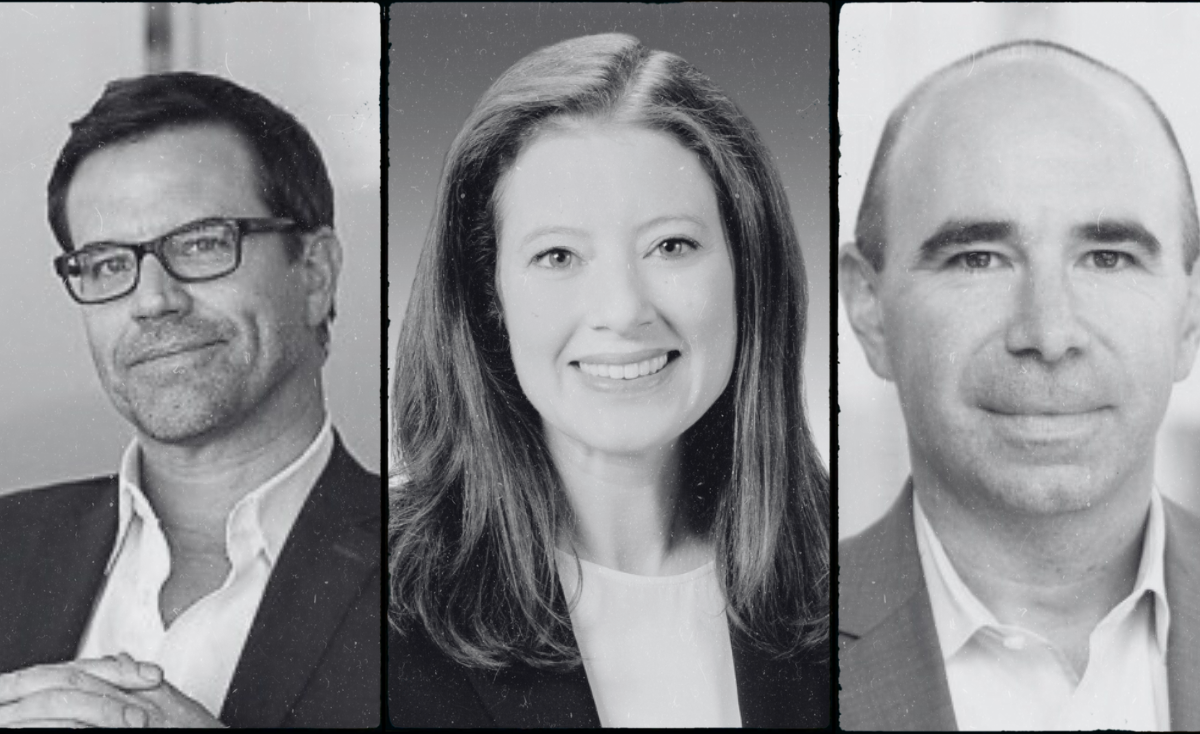How fund operators can build operational resilience
Carl-Fredrik Svensson, CEO and Co-Founder of Swedish financial services software firm Daymi (formerly Strivr), explains how automatisation and IT systems are changing for fund operators in the post-pandemic market conditions.
Andrew Putwain POSTED ON 3/28/2022 3:52:39 PM
 Carl-Fredrik Svensson, CEO, Daymi.
Carl-Fredrik Svensson, CEO, Daymi.
Andrew Putwain: Can you explain what trends you are seeing in companies’ strategies around operational resilience; especially as financial services firms take stock after the pandemic restrictions are lifted and we come into the new normal?
Carl-Fredrik Svensson: Historically, there has been a lot of focus on automatisation and increased spending on IT systems, and an overall focus on technology. Yet, the new normal entails a more hybrid work pattern, where businesses can no longer rely on their staff being on the same page just because they are in the same room.
The financial industry is finally realising that the success of their engine room, which is their operations team, depends not only on the quality of IT systems but more on the people who manage them.
We are seeing a switch in mindset, whereby businesses are realising that the focus must be on enabling their staff to perform their work no matter where they are, and they must also be able to take greater responsibility for the whole teams’ processes and controls.
The financial industry is finally realising that the success of their engine room, which is their operations team, depends not only on the quality of IT systems but more on the people who manage them.
Andrew: What should funds be looking at for future-proofing their capabilities, especially around the back/middle office operations?
Carl-Fredrik: It is essential to have a structure in place for your operations team to be able to capture the new requirements, understand them, and be able to implement the required changes efficiently.
There is a realisation that we are vulnerable when key staff members are unavailable, and this dependency must be reduced.
To get a structure like this in place, it is best to map, plan, and document all of your controls and processes and have them tailored to the right staff members at the right time. We can no longer rely on scattered work descriptions, deadline tracking in your calendar, audit trails and controls in spreadsheets because it is time-consuming and simply not scalable. Growth must be accompanied by undeniable evidence of success and compliance.
We see the power in gathering relevant information and making it accessible to your relevant team members. There is a realisation that we are vulnerable when key staff members are unavailable, and this dependency must be reduced. By structuring that information, making it easily accessible and interactive, operations can start focusing on value creation, instead of trying to stay afloat.
Andrew: A lot of fund operators are working on legacy IT systems - what are the challenges and benefits that modernising these systems could offer fund operators and why is this an issue that should be taken seriously?
Carl-Fredrik: We are seeing great innovation both from start-ups and more established vendors. Modernising the systems can help teams become more efficient by offering streamlined workflows, integrations, and native support for more complex asset classes.
It is essential to make sure that all processes and controls never get lost during the transition.
However, depending on your strategy, the moment of upgrading the system can become both an advantage and disadvantage for companies’ further growth. Introducing a new system will affect your ways of working and it will require change within your team. When choosing a new system, it is essential to understand what strengths and weaknesses are already in place and how your team is going to correct and balance the system out.
It is essential to make sure that all processes and controls never get lost during the transition. Undoubtedly, that comes back to having a structure in place that will facilitate your workflow, no matter which system you use and especially during a switch.
Please Sign In or Register to leave a Comment.
SUBSCRIBE
Get the recent popular stories straight into your inbox







